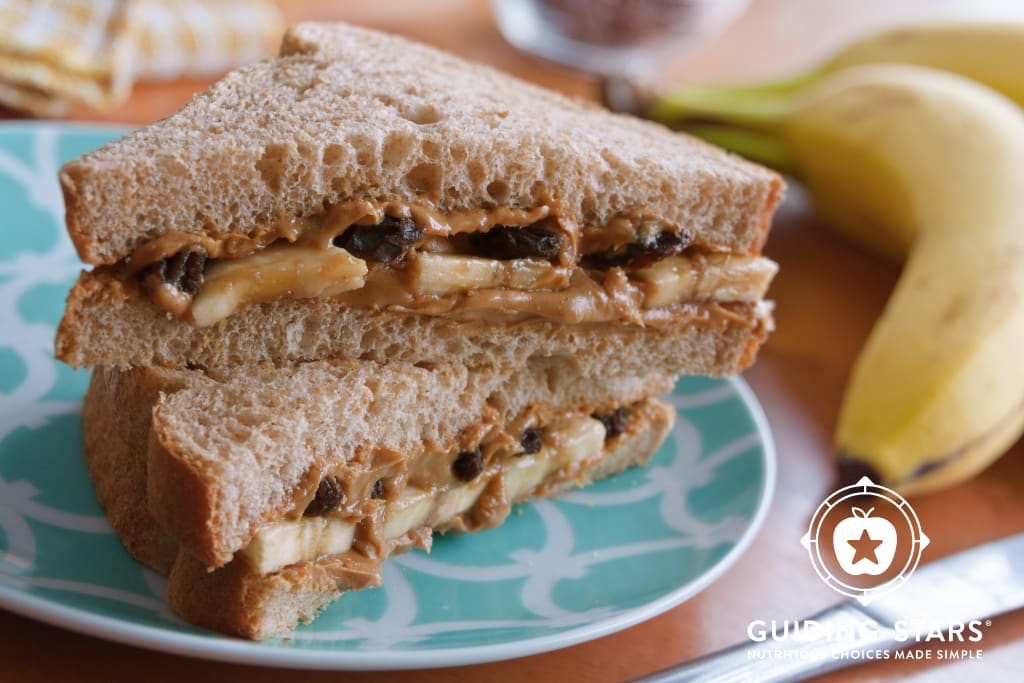
Snacks are mini meals that can sustain students from one meal to another. They are essential for the busy school days ahead. As we gear up for another school year, let’s make stocking up on snacks part of back-to-school planning.
Anatomy of a snack
While the snack aisle may have you thinking that snacks are just crunchy options found in an array of boxes and bags, the truth is that an ideal snack more than chips or crackers. Seek snacks that offer a balanced blend of nutrition by choosing and pairing together Guiding Stars earning options from participating supermarkets. Snacks don’t need to be complicated, but they need to be approached with consideration to ensure they are fueling a busy school day and filling the nutrition gaps in your child’s diet.
Snack timing
The timing of snacks gets tricky during a school day depending upon the age of your student. For young children, a snack is usually evenly balanced in the school day with lunch. For older students, breaks in the school day may be less common, but a snack before afternoon activities is ideal for controlling late day hunger. It’s common for students to arrive home hungry following a long school day. It’s particularly an issue for those with an early lunch (or who don’t eat lunch at school). This afterschool hunger presents a snacking challenge and makes it difficult for kids to feel satisfied. If not approached carefully, their “snack” may mimic a meal which is too much for most kids.
After school
An age-appropriate plan is ideal for this vulnerable time of day, with additional consideration given to adolescents who may be home alone after school. In some cases (especially if a child has a busy evening or tends to come home from school very hungry), it may be best to have an early, afterschool dinner and then have a snack size portion later at family mealtime. By flipping the order of dinner and snack, kids tend to reach for food rather than simply searching the pantry for carbohydrate-rich snacks.
Snack plan
The best approach to snacking takes into consideration a child’s age, their activity level, the timing of their meals, and their overall intake needs. Some children do best when there is a bowl of pre-approved snacks they can choose from, while others prefer a snack guide posted on the inside of a cabinet door reminding them what to choose. It may not surprise you that if you want kids to eat fruits and veggies, it best to have them prepared and ready to go. It may be helpful to plan a snack prep day the same way you approach meals.
Simple snacks
It doesn’t get more versatile than trail mix. Rather than buying a pre-made option that may offer some ingredients you don’t prefer, make your own using cereal, unsalted nuts or spiced nuts, seeds, and roasted soybeans or chickpeas, dried fruit, or other add-ins. Prep a big portion at the beginning of the week to scoop into small reusable containers.
Enjoy some time in the kitchen with kids and save money too with these recipes for Homemade Snack Bars or Cashew Date Snack Bars.
Change up your PB&J with these Peanut Butter & Fruit Rolls, half a Peanut Butter, Banana & Raisin Sandwich, or maybe some Fruity Peanut Butter Dip.
Make fruit more fun with Fresh Fruit Kebabs with Lemon Lime Dip or Fruit Salad with Ginger Vanilla Dressing.